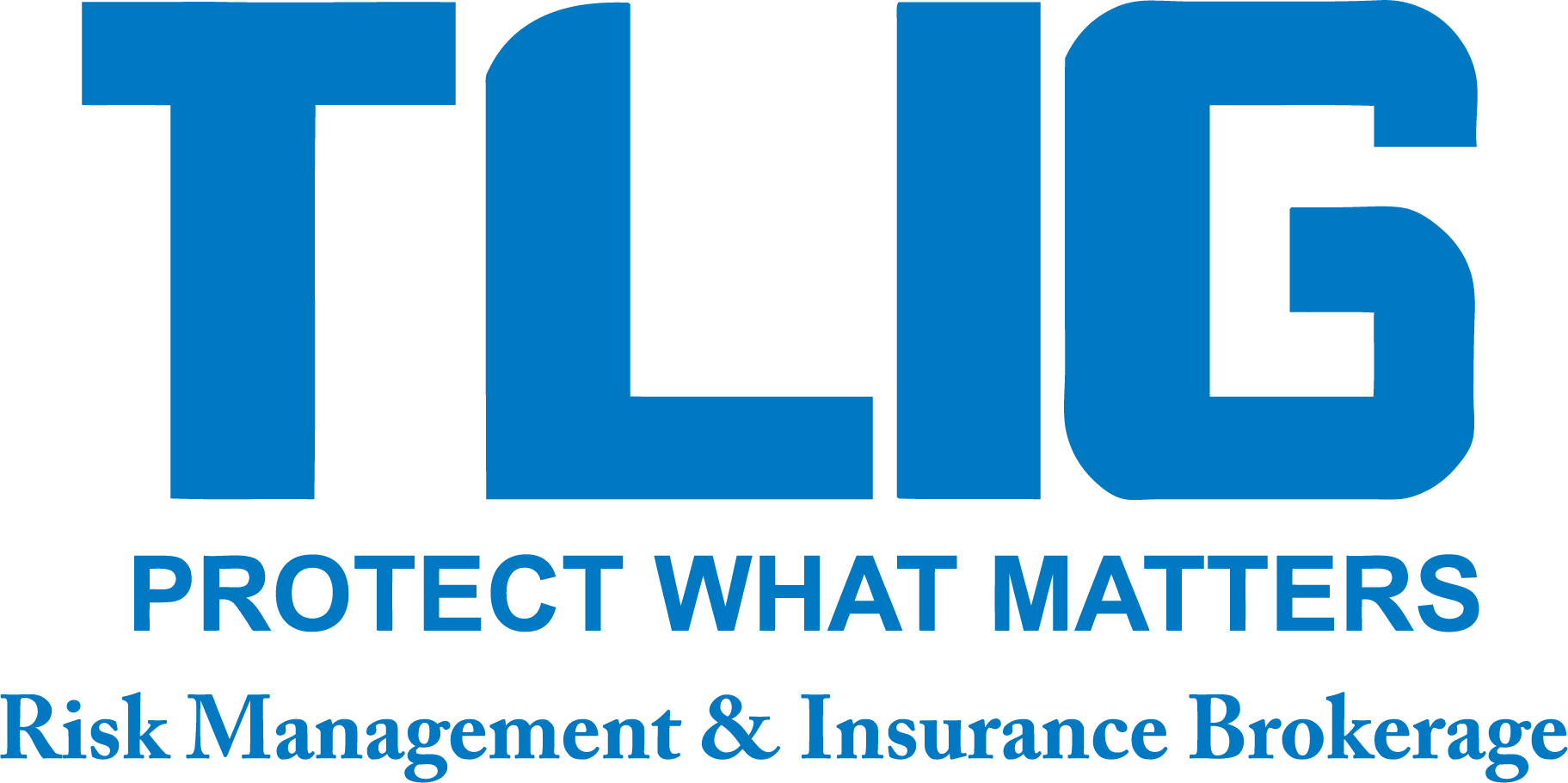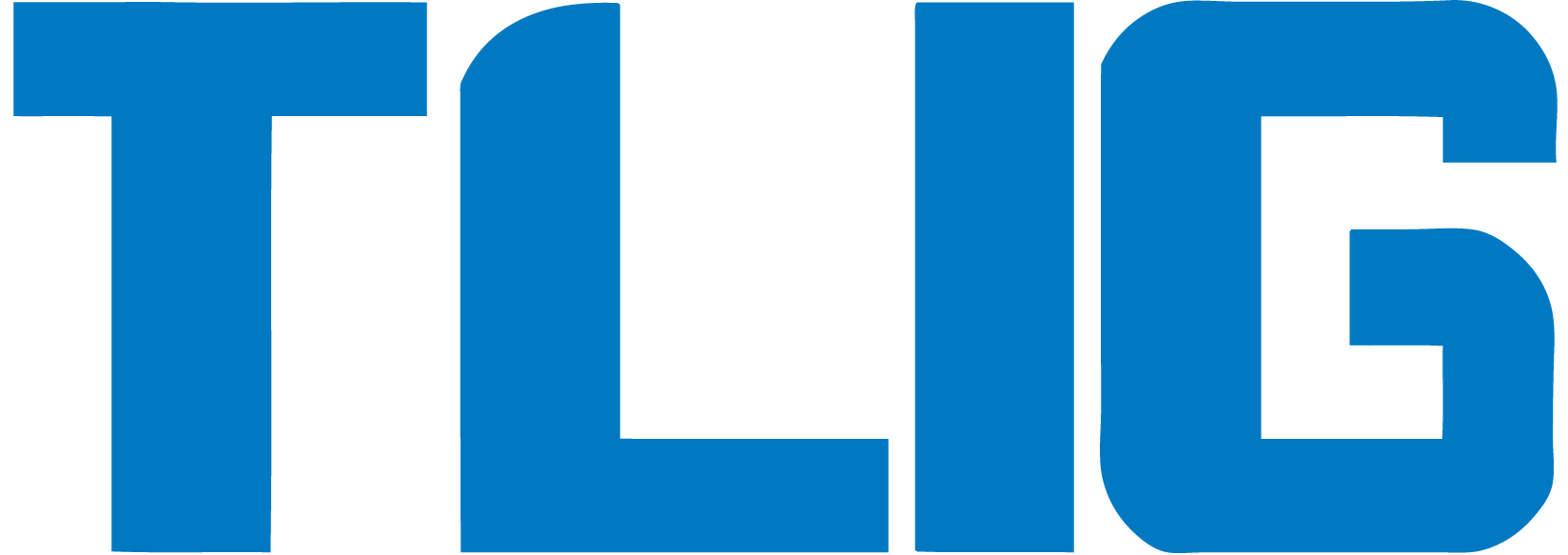Just seven years ago, Hurricane Katrina pounded the Gulf coast of the United States, wiping out
more than 250,000 homes.
That massive storm painfully brought to public awareness the fact that flood damage is not covered
by homeowners insurance.
Many consumers were unaware that, even though their homes were ruined in the hurricane, they were
not insured since they lacked flood insurance. Insurance against flooding
(rising water) is different from insurance against driven rain or leakage,
which often are covered. Since that time, tens of thousands of Americans have
purchased flood insurance for the first time.
Three perils—fire, lightning and windstorms—are traditionally covered by homeowners property
insurance. Flooding is excluded from homeowners coverage, as floods tend to be
catastrophic in nature causing widespread damage in a geographic area. Private
insurers are not able to absorb all that risk.
Hurricanes get a lot of attention, but big storms are not the only cause of floods, nor are
floods limited to coastlines. In fact, flooding is the nation’s most common and
frequent natural disaster, according to federal officials.
Flood insurance first came about after the federal government was called upon to bail out communities.
As the nation grew after World War II, flood-damaged communities turned to the
federal government for disaster relief and rebuilding assistance. In the 1960s,
Congress sought a more proactive system, and in 1968 created the National Flood
Insurance Program (NFIP).
This community-based insurance mechanism requires municipalities to adopt and
enforce flood-abatement measures. In order to join the NFIP, it must adopt a
program of corrective and preventive measures for reducing future flood damage
(including zoning and building requirements). Flood insurance is available only
to consumers in communities that have joined the NFIP.
The National Flood Insurance Program (NFIP) is part of the Federal Emergency Management Agency
(FEMA). It provides flood coverage to homeowners and renters as well as
commercial building owners. Coverage is provided through Trusted Choice®
independent agents as well as through other insurance agents.
Flood insurance may not just be desirable for homeowners, it may be required. For example, mortgage
lenders are legally bound to require consumers buying a house in a high-risk
flood zone to have flood insurance.
Consumers owning or renting property in low- or moderate-risk flood areas can buy flood insurance,
and may be eligible for a lower-cost preferred risk flood policy.
Flood insurance protects against losses to buildings and contents (not the property on which
they sit). Coverage is in effect whether flooding results from heavy rains,
storm surge on the coast, melting of snow, blocked storm drainage systems,
levee or dam failure, or other causes. Waters must cover at least two acres or
affect at least two properties to be considered a flood for insurance purposes.
Residential flood insurance provides as much as $250,000 of coverage for dwellings for 1-4
families, and as much as $100,000 for contents. Commercial property owners can
get up to $500,000 of insurance for the building and the same amount for
contents. Condominiums also can be insured.
Unlike homeowners insurance, flood insurance has a waiting period. The NFIP sets a standard
30-day waiting period before flood coverage goes into effect (except for
lender-required flood insurance, if more insurance is required because of a
flood map revision, or if existing coverage is being increased upon renewal).
TLIG is a local Trusted Choice®
agency that represents multiple insurance companies, so it offers you a variety
of personal and business coverage choices and can customize an insurance plan to
meet your specialized needs.
You can visit TLIG online at www.tligins.com
or call us at (434) 582-1444.

